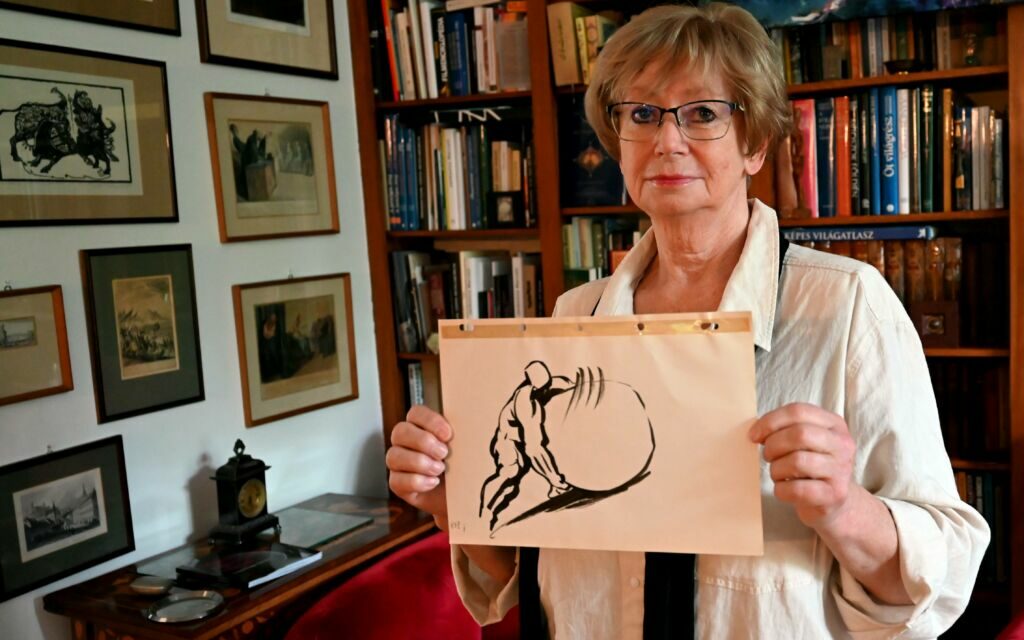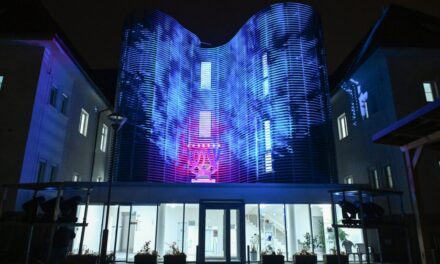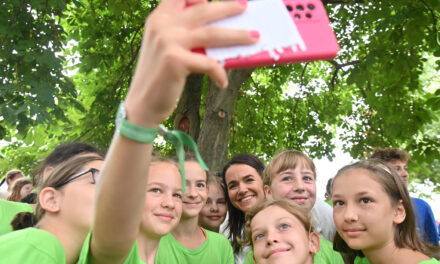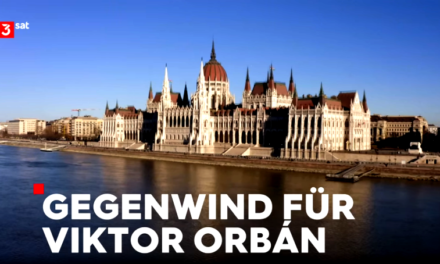Marcell Jankovics, the Kossuth Award-winning cartoon director who was awarded the title of Artist of the Nation, died a year ago. A staff member of sándar.hu talked to his wife Éva Rubovszky about the creation of a future animation history museum.
– My husband ran a very special career: 5 full-length films, numerous scientific educational animation and feature film series, 24 volumes of books, 16 illustrated volumes, and we haven't even mentioned Hungarian Folktales yet. He really couldn't make the Bible into a movie, it's really a shame. In the 80s, 24 minutes were made of it, but no more. If this movie had been made, it would certainly have been significant. At the same time, I also believe that the completion of The Tragedy of Man in 2011 made up for this unfinished film plan.
The Jankovics Marcell Foundation has already been established, but one of my plans is to create an animation museum from this house - where he lived and created - a Jankovics Marcell House, which would be a cartoon history museum. Ferenc Mikulás is also working on this in Kecskemét.
It's unbelievable, but Hungarian animation has no home today. Feature films have always been cool here. Animated films - and their creators - have always been pushed into the background. Even though cartoonists have achieved much more international success than live-action filmmakers.
János the Brave was seen by two million viewers in Hungarian cinemas alone. Lúdas Matyi also lured millions of people to domestic cinemas.
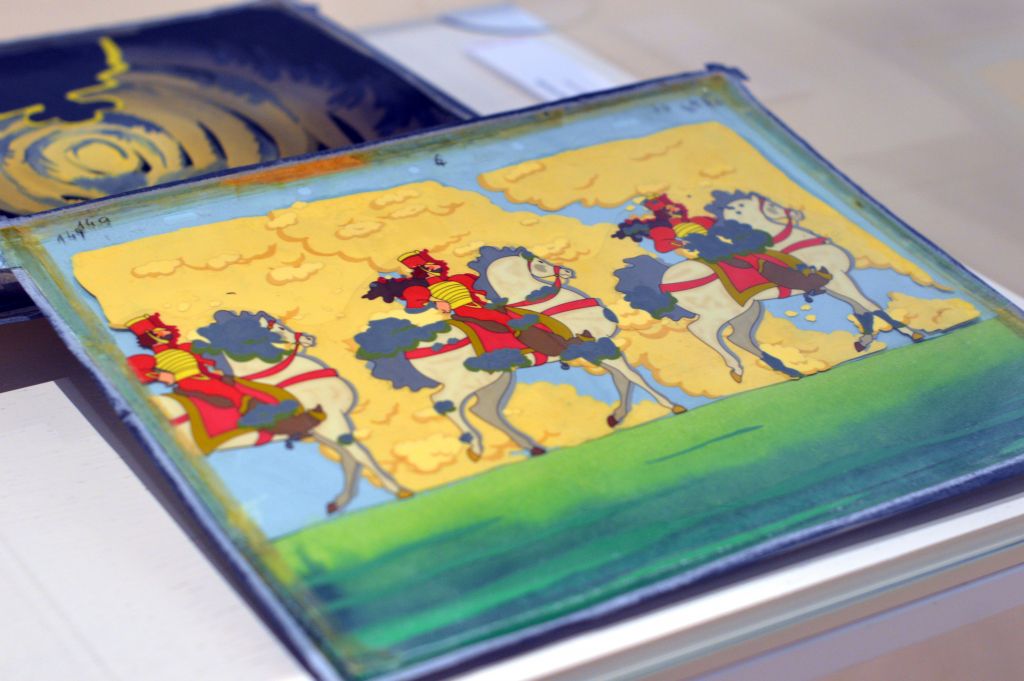
One full page of János Marcell Jankovics' bravery in the Műcsarnok in 2019 (Photo: Gábor Tóth, Vasarnap.hu)
Hungarian cartoons have also achieved great success in millions abroad. Today's DVD distribution of these films is also not negligible. 30-40-50-year-old films are still sought after today, as it looks like the team at Pannónia Stúdió managed to create something lasting. Movies that every generation loves and feels they own.
In addition to the history of Hungarian cartoon production, we want to show children first and foremost how cartoons were once made.
We, the widows - the wives of Attila Dargay, József Nepp, Líviusz Gyulai, Zsolt Richly and György Matolcsy - are now trying to collect the material for the future museum, the surviving drawings, cells and scripts. The Film Archive and the Hungarian Academy of Arts are on our side, they also see the value of creating such an exhibition space, where we preserve and present Hungarian animation art.
Source and full article: vasarnap.hu/Gábor Tóth
Featured image: vasarnap.hu

